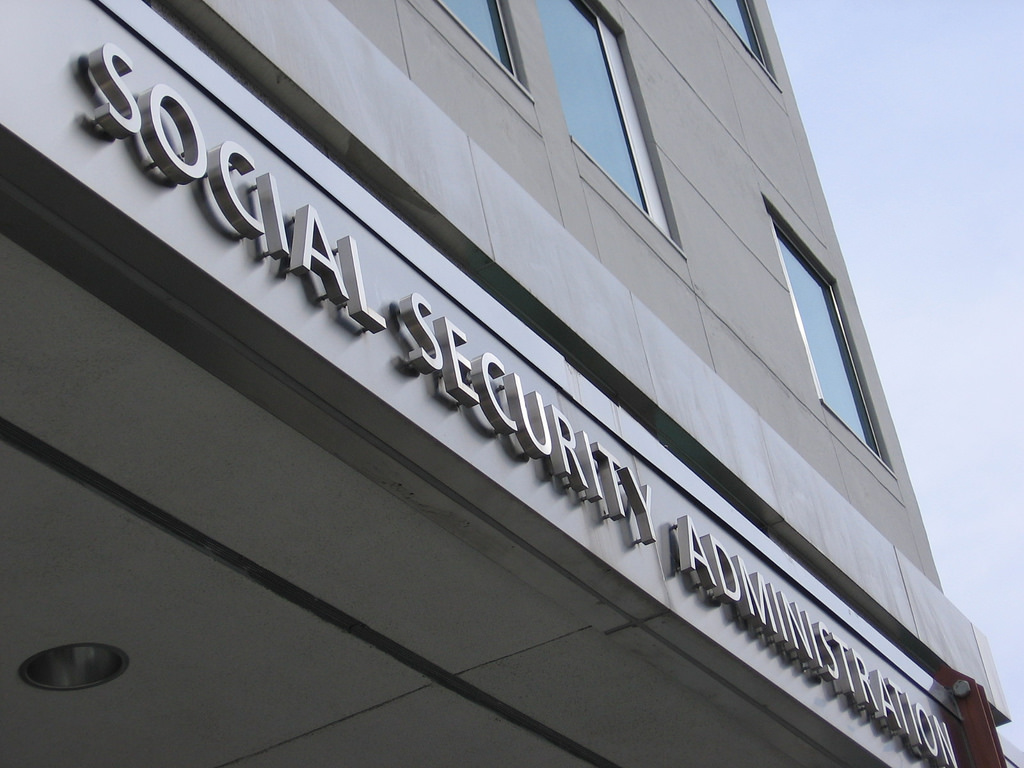In the United States, more than 62 million people rely on Social Security as a source of income, including about 43 million retirees. Recently, the Social Security Administration (SSA) announced some important changes to benefits that will begin in 2019. Individuals who rely on this income need to make sure that they understand these changes and how it will impact the checks that they receive. In some cases, they may need to take some actions to continue maximizing the amount they receive from Social Security. Some of the key changes taking place include:
-
A significant cost-of-living adjustment
Each year, the SSA makes a cost-of-living adjustment (COLA) to benefits to account for inflation—sort of like a raise for retirees and other people who receive benefits. In 2019 the increase is 2.8 percent, the largest COLA that has been made since 2011. This increase will significantly increase payments to both individuals and couples, especially considering that the bump from 2017 to 2018 was only 2 percent. The SSA estimates that the average payment to an individual will be $1,461 and $2,448 for a couple.
Unfortunately, the rate of inflation is judged using the Consumer Price Index for Urban Wage Earners and Clerical Workers, which is used to measure the buying habits of wage earners, not retirees. As such, some of the most significant expenses for retirees, such as health care and housing, are overlooked, meaning that the increase they receive may not be substantial enough to keep up with actual inflation. However, the boost can help.

-
An increase in normal retirement age
Individuals can only fully collect their Social Security benefits when they wait until normal retirement age to begin receiving a check. Starting next year, full retirement age comes two months later than it previously did for some individuals. For people born after 1954, retirement age increases by two months each year as part of a general push to move normal retirement age from 66 to 67. Thus, while full retirement age was 66 years and four months this year, next year, individuals will not be able to retire with a full check until 66 and six months. Retiring early means taking a penalty that is based on the number of months that someone begins drawing benefits before reaching full retirement age.
-
A boost to the maximum Social Security payment
The amount of money paid out through Social Security depends directly on how much individuals earn over the course of their careers. People who retire in 2019 and are among the top earners may receive more money than people in similar situations who retired earlier. The maximum payout has increased for all retirees, regardless of whether they retire at 62, 65, or 70. The greatest percentage change comes for people who retire at 65. They will be eligible for up to $2,757 as an individual, an increase of 6.49 percent from this year. However, qualifying for this amount means having worked at maximum taxable income for 35 years.
-
A jump in maximum taxable income
While people can now qualify for more money through Social Security, they need to have earned more to do so. In 2018 the maximum taxable earnings are $128,400, which will increase next year by 3.5 percent to $132,900. Luckily, this jump is less than the percentage increase in the maximum Social Security payout. Another plus is that the tax rate itself is not increasing. The rate will remain 12.4 percent, which is split between employer and employee.

-
A larger payout for Medicare Part B holders
Although this point does not represent a policy change, it is important information for individuals who draw Social Security and pay Medicare Part B premiums—which amounts to a large number of retirees. The hold harmless provision of Social Security payouts ensures that Part B premiums never rise faster than the COLA. Since these premiums are deducted directly from Social Security checks, this situation would result in a net reduction in what beneficiaries receive. In general, this policy was good, until the current year when the Part B premium was held flat after several years of increase. Dual enrollees this year likely did not see any increase in payments between 2017 and 2018. Because Part B premiums are increasing by just 1.1 percent in 2019, dual enrollees should still see a sizeable increase in their payouts.
-
An ability to earn more money without reductions
People who collect Social Security before they reach retirement age will get a reduction if they earn more than a certain amount. In 2019 that amount will increase 3.5 percent from $17,040 to $17,640. Income above this limit will trigger a $1 withholding for every $2 earned above the maximum. Money that is withheld because of earnings ultimately increases the benefit that a person receives at full retirement age, and people who have reached this point will no longer receive reductions. As a special rule, people who will reach full retirement age in 2019 will see their earnings limit max out at $46,920, up $1,560 from 2018. Once they reach full retirement age they will not be penalized for working and collecting Social Security simultaneously.
Featured Image courtesy Bruce Bortin | Flickr

